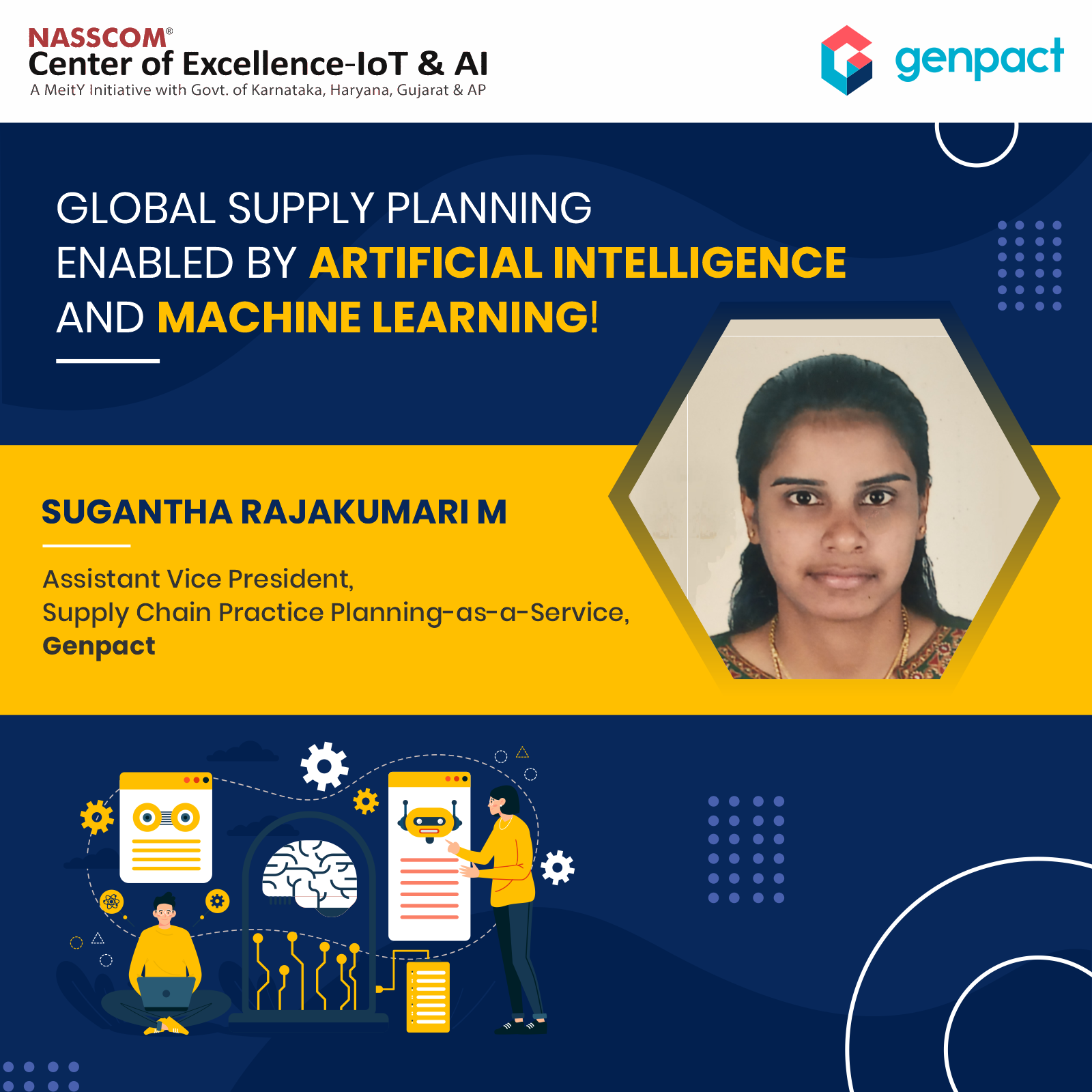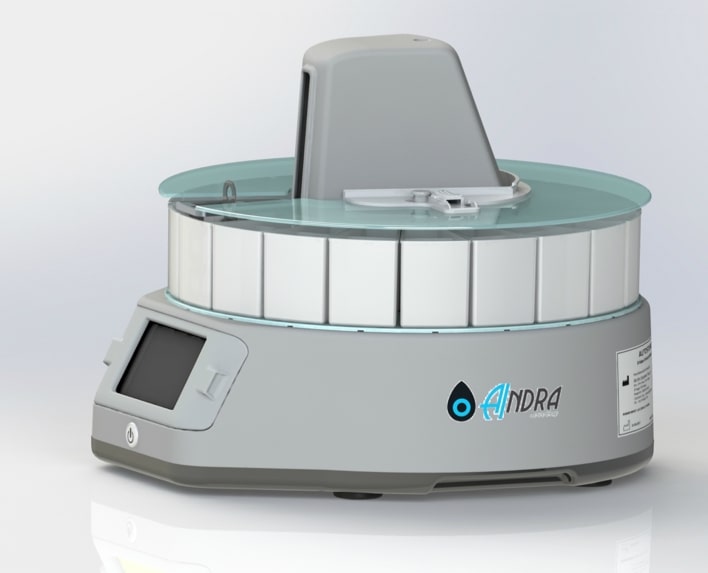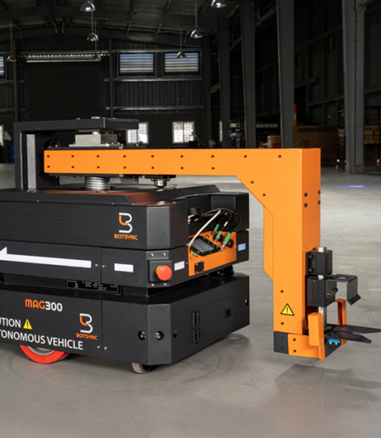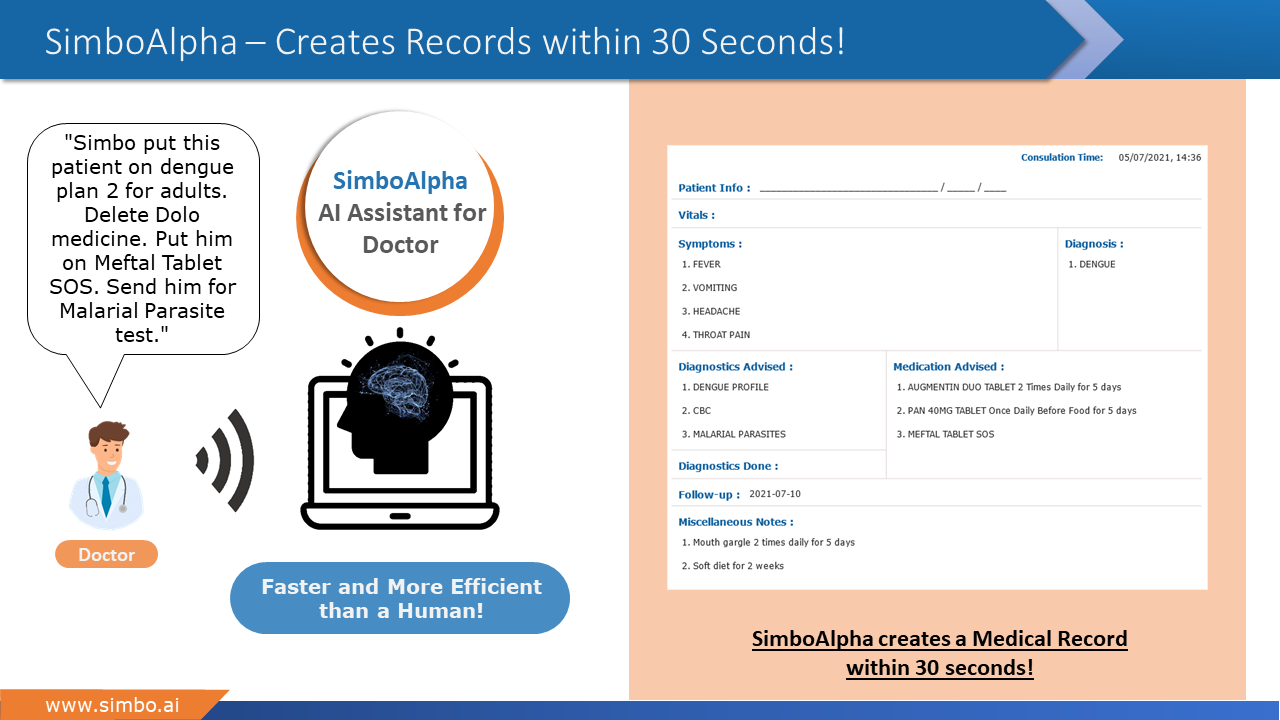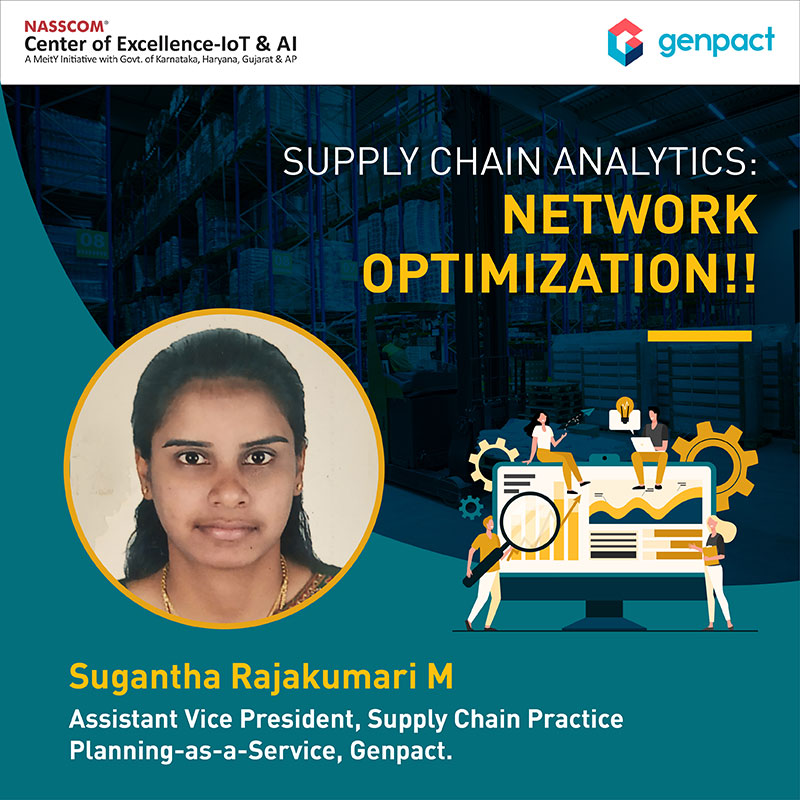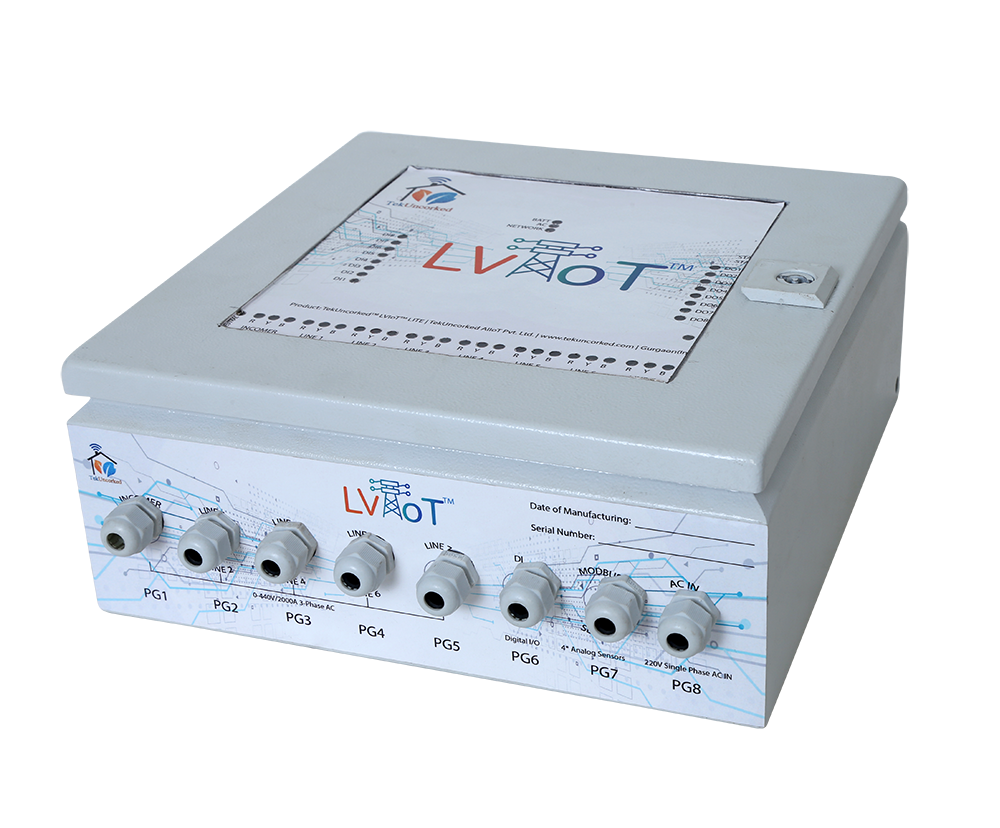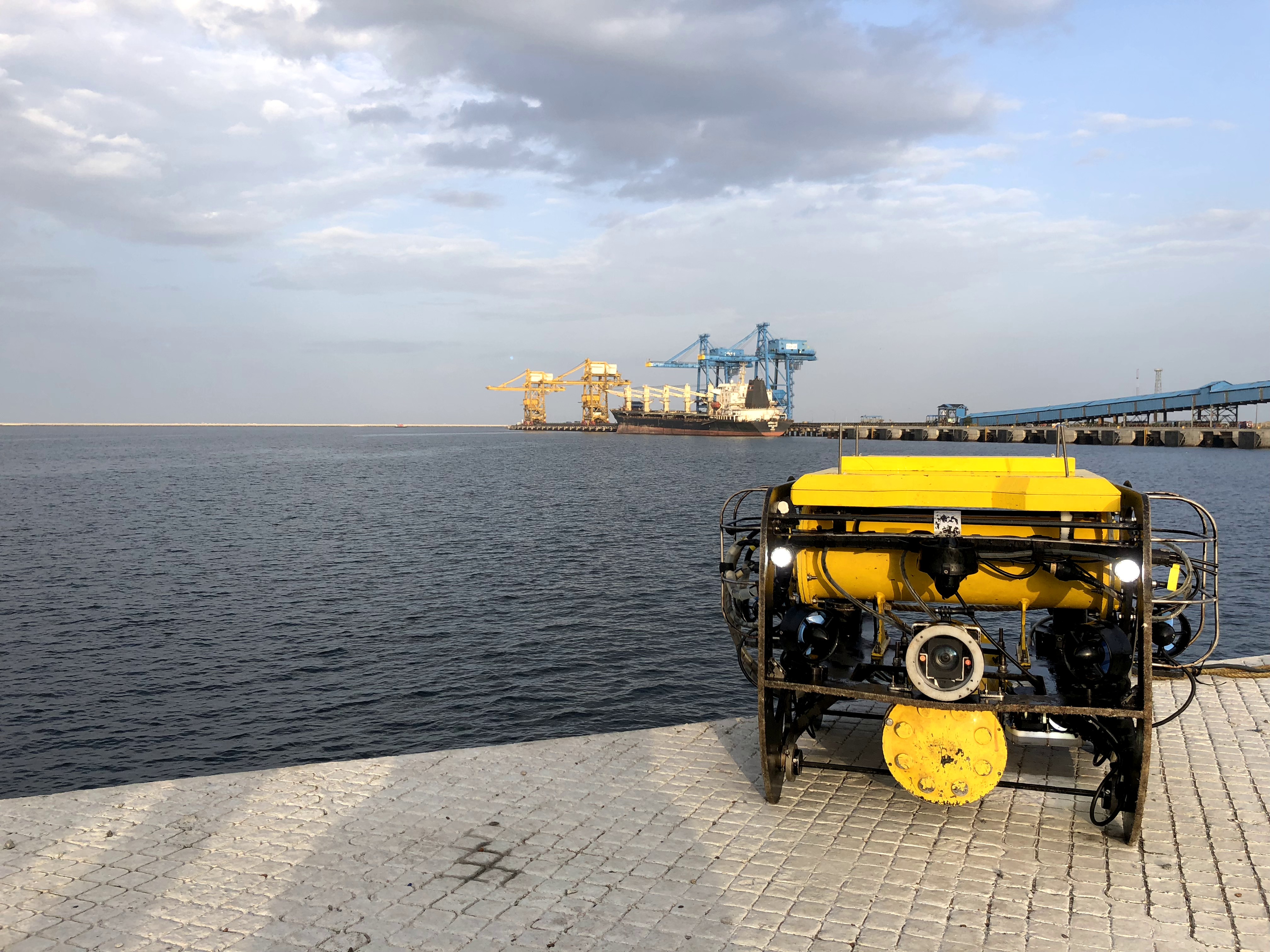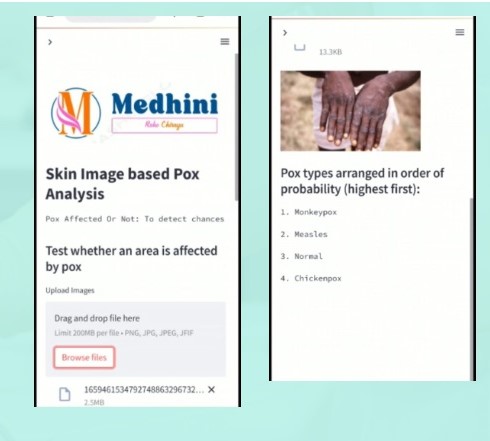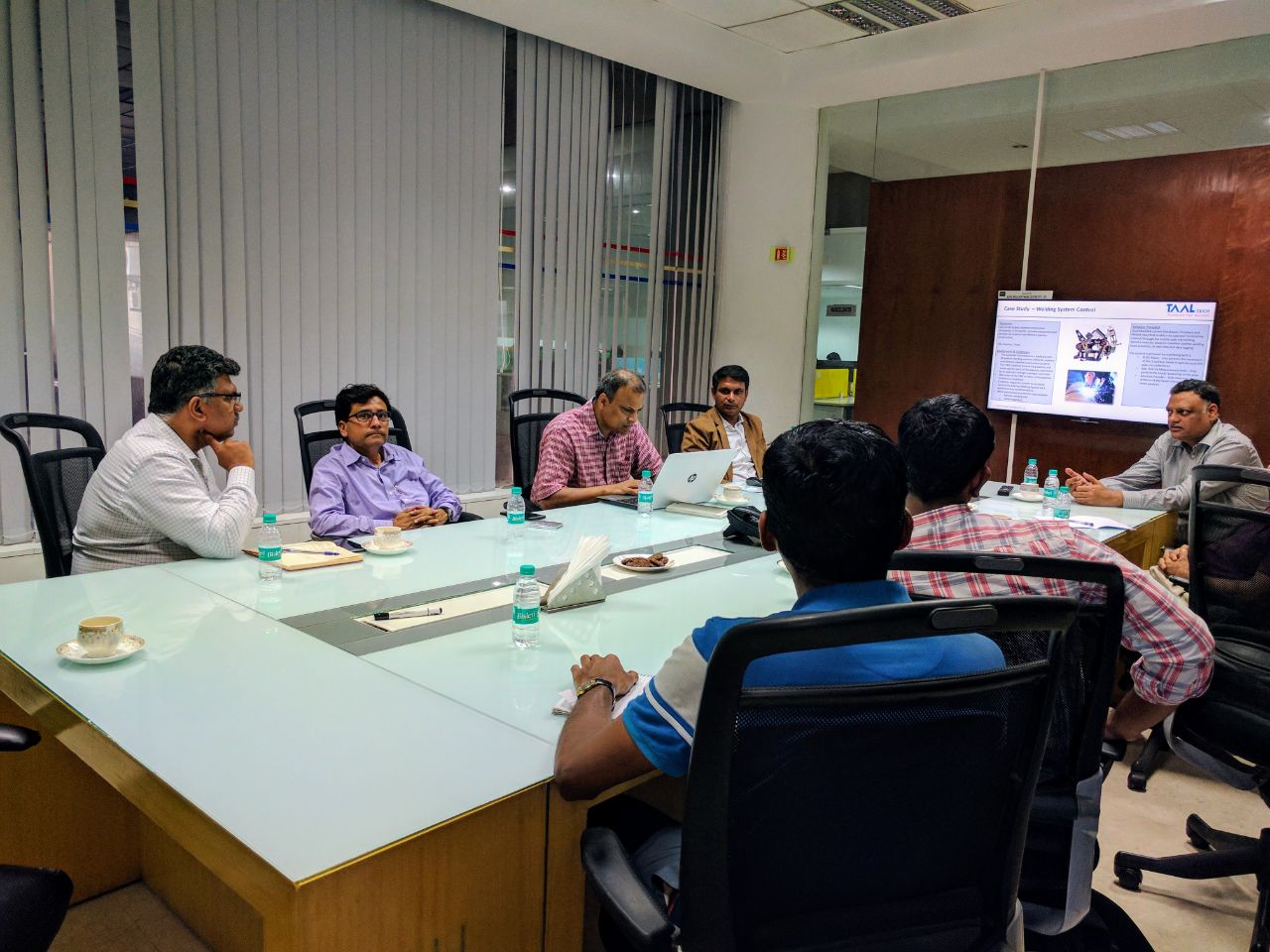One of the most critical tasks for any manufacturing organization is balancing assets (e.g., capacity, materials, people) with demand. Supply planners must determine how best to meet the demand given the assets available, production constraints, and distribution network complexities and policies. This encompasses multiple activities that aim to meet future demand in the best possible way.
The case for automation
In today’s supply chain, complexity and uncertainty continue intensify because of the rapid expansion of product portfolios to cater to wider customer choice, while product lifecycles are shrinking. Meanwhile, channels are multiplying as e-commerce starts to dominate across industries, making fulfillment significantly more challenging.
To manage supplies, supply planners must look outside company walls and analyze the ecosystem that is driving the variability and volatility. Organizations need a new paradigm where planning and execution go beyond the enterprise and embrace the broader ecosystem. 75% of a supply planner’s time should be spent on medium to long term decisions, but currently they spend ~75% of their time reacting to daily supply chain disruptions.
Typically, organizations that automate supply planning can achieve several key benefits:
- Optimize their profits and margins while meeting the demand
- Reduce overall costs
- Utilize their resources (assets and key raw materials) more effectively
- Be better prepared for the future by considering what-ifs
The current supply planning environment
Supply planning has a direct impact on an organization’s P&L. But a common challenge facing business and supply chain leaders is they don’t have enough information to make informed decisions – a mismatch of manual and digital systems mean information is trapped within functional silos so decision-making is hampered by an incomplete picture.
Added to this, supply chain complexity makes it difficult to evaluate alternatives, trade-offs, and scenarios to arrive at the best or right decision.
Current supply chain planning techniques focus on functional excellence: isolating one piece of the supply chain at a time, fine-tuning, it and then excelling at it. On the surface, this approach should result in good results, operating at peak efficiency from end to end. But it does not. This is because, between each function, misalignment compounds to create operational blindness. Focusing on capacity planning without understanding the impact on inventory is an example of this lack of transparency, as is focusing on asset utilization without connecting it to the supply plan.
In demand planning, the inability to react to external changes, promotions, and seasonality leads to higher inventory levels. Organizational targets, sales targets, and the inability to defend forecast predictions constantly leads to over-production.
Traditional organizations use multiple different tools across supply planning, creating multiple problems and the need for an additional planner to manage and run these tools. Also, different master data repositories result in either incomplete or stagnant masters for planning.
Rethinking supply planning with AI
In today’s complex supply chain planning environment, quick execution and incisive decision-making are becoming vital as customers demand higher service levels and responsive supply chains. As such, organizations have started to rethink the traditional planning paradigm to meet these challenges. In recent years, network planners have grown in popularity as companies try to address ever-changing supply priorities and find ways to resolve them profitably.
Imagine a closed-loop adaptive planning environment that automatically provides prioritized intelligent exceptions at the start of every day and runs real-time optimization end-to-end impact analysis. And what if that environment provided a stakeholder view that includes key co-decision makers in the process, and it could also self-correct and self-learn by recording and analyzing the real-world impact of decisions? This would mean that for common scenarios, recommendations will be more accurate, and in some cases, can be even automated. This is all made possible by incorporating artificial intelligence (AI), machine learning (ML), and advanced analytics into a single planning and collaboration ecosystem.
Close coordination of planning and execution is critical, with fully flexible end-to-end visibility for all planners, and symbiotic man-machine interaction. The key ingredients of AI-enabled supply planning are:
- A data digital platform: This gives the organization the ability to experiment with innovative processes and new solutions without disrupting their day-to-day operations. It calls for a two-speed IT architecture, 1. Rapid prototyping and iterative development of models with agile methodology and 2. A traditional architecture that focuses on repeatable and reliable service delivery
- Real-time adaptive planning: Creating and managing synchronized plans across time horizons, within supply networks, business processes, and organizational ecosystems at the same time
- Scenario planning (what-if analysis): Supply planning must become more agile and be able to predict, absorb, and react to changes. Simulate different scenarios and perform sensitivity analysis without changing current plans
- Telescopic and integrated planning: Implement a single platform to plan across multiple horizons (LTCP, RCCP, and MPS) with different level of granularity
- Advanced inventory analytics: Comprehensive inventory analytics and optimization uses the proven science of multi-echelon inventory optimization (MEIO) to balance cost and service and ensure the right levels of the correct stock, in the right place, at the right time
- Cross-functional collaboration: An enterprise-wide collaboration platform to review, correct, approve, and finalize both the short- and long-term supply plan collaboratively. It provides fully- flexible end-to-end visibility for all planners and symbiotic man-machine interactions
- Smart self-learning system: Embed continuous learning and automated decision-making with ML, AI, and other advanced analytics to ensure planning is in sync with the physical supply chain. E.g., lead times, production cycle-times, DBNR, set-up times analysis and auto-updates
- Proactive master data governance: An accurate master data management system with proactive alerts. ML solutions mimic the rules to check data accuracy and create customized master data health check scorecards and dashboards for planners to make quick decisions
- Performance enhancement: Advanced and predictive analytics, ML, AI, and the internet of things combine to perform network-wide root cause analysis to improve supply and generate prescriptive recommendation on future service projections to absorb and react for future inadequacies
The benefits of dynamic supply planning
Companies must devise ways to better access supply chain data through the introduction of technologies that allow data to flow freely through the system. Additionally, technologies such as a supply chain digital twin will allow them to monitor, manage, and observe the impact of decisions.
AI helps businesses analyze demand in real-time so they can update their supply planning parameters dynamically to optimize supply chain flow. With dynamic supply planning, businesses use fewer resources and minimize waste.
These new age planning tools and ML can play an instrumental role in optimizing the complexity of production plans. ML models and techniques can be used to train sophisticated algorithms using existing production data to identify areas of inefficiency and waste.
Finally, ML-enabled supply chains provide the agility to effectively deal with disruptions – keeping customers happy.

